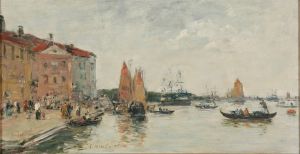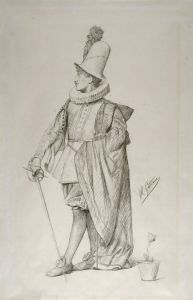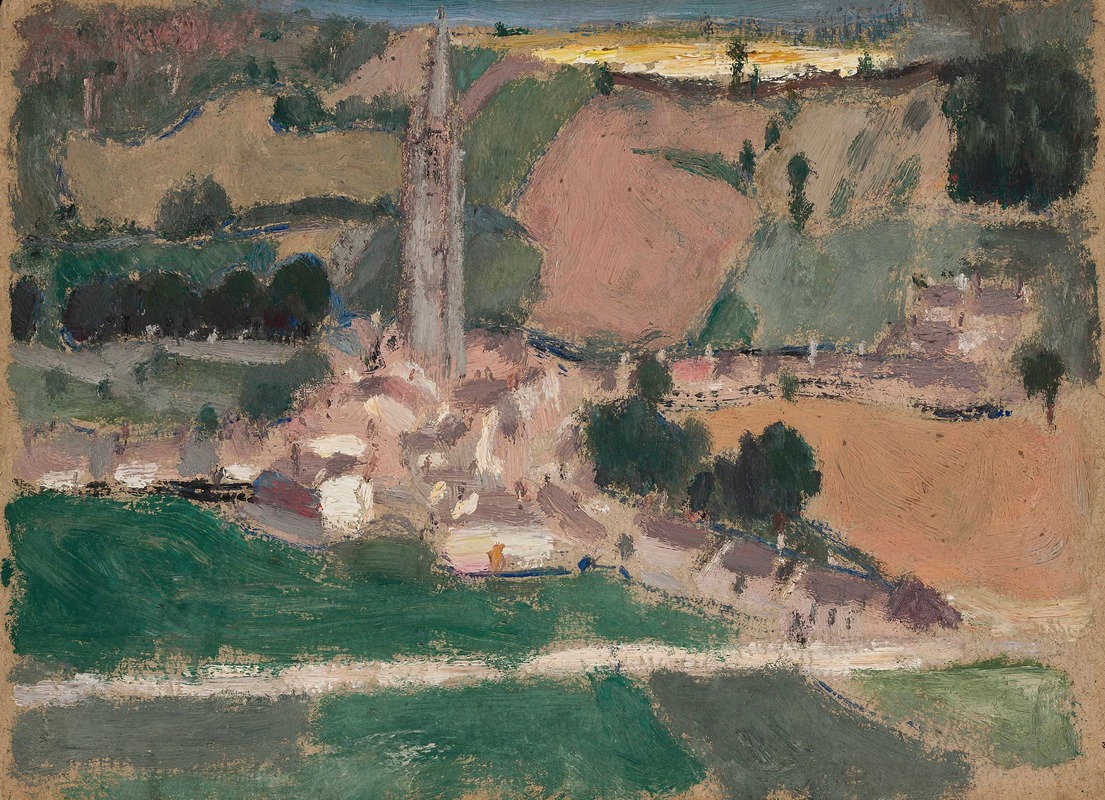
View of a small town with a church tower
A hand-painted replica of Tadeusz Makowski’s masterpiece View of a small town with a church tower, meticulously crafted by professional artists to capture the true essence of the original. Each piece is created with museum-quality canvas and rare mineral pigments, carefully painted by experienced artists with delicate brushstrokes and rich, layered colors to perfectly recreate the texture of the original artwork. Unlike machine-printed reproductions, this hand-painted version brings the painting to life, infused with the artist’s emotions and skill in every stroke. Whether for personal collection or home decoration, it instantly elevates the artistic atmosphere of any space.
Tadeusz Makowski was a Polish painter known for his unique style that combined elements of folk art, symbolism, and modernism. Born on January 29, 1882, in Oświęcim, Poland, Makowski initially studied classical philology before turning to art. He attended the Academy of Fine Arts in Kraków, where he was influenced by the teachings of Józef Mehoffer and Jan Stanisławski. In 1908, Makowski moved to Paris, which was then the epicenter of the art world, and became part of the vibrant artistic community there.
"View of a Small Town with a Church Tower" is one of Makowski's notable works, reflecting his fascination with rural landscapes and architectural forms. The painting is characterized by its simplified shapes and forms, a hallmark of Makowski's style, which often drew inspiration from the innocence and directness of children's art. This approach allowed him to convey a sense of nostalgia and timelessness, capturing the essence of small-town life.
The painting depicts a quaint town dominated by the presence of a church tower, a common motif in European art that symbolizes community and spirituality. Makowski's use of color is both muted and expressive, employing a palette that enhances the serene and contemplative mood of the scene. The composition is carefully balanced, with the church tower serving as a focal point that draws the viewer's eye upward, suggesting a connection between the earthly and the divine.
Makowski's work often reflects his Polish heritage, even though he spent much of his life in France. The influence of Polish folk art is evident in the stylized forms and the emphasis on pattern and rhythm. This painting, like many of his others, captures the simplicity and charm of rural life, evoking a sense of nostalgia for a world that was rapidly changing in the face of modernization and urbanization.
Throughout his career, Makowski remained somewhat on the periphery of the mainstream art movements of his time, such as Cubism and Surrealism, although he was certainly aware of them. Instead, he developed a personal style that was both modern and deeply rooted in tradition. His work was well-received in both Poland and France, and he exhibited regularly in Parisian salons and Polish art exhibitions.
Makowski's paintings are appreciated for their poetic quality and their ability to convey complex emotions through simple forms. "View of a Small Town with a Church Tower" is a testament to his skill in capturing the essence of a place and its atmosphere, inviting viewers to reflect on the beauty and tranquility of small-town life.
Tadeusz Makowski passed away on November 1, 1932, in Paris, leaving behind a legacy of work that continues to be celebrated for its unique blend of modernism and tradition. His paintings are held in various collections, including the National Museum in Warsaw and the Musée National d'Art Moderne in Paris, ensuring that his contribution to the art world is remembered and appreciated.





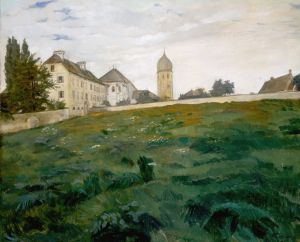
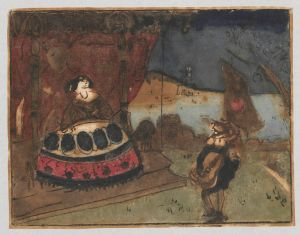
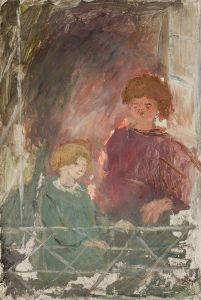
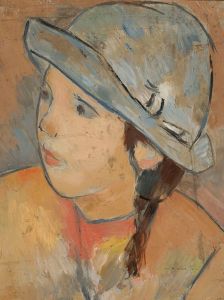
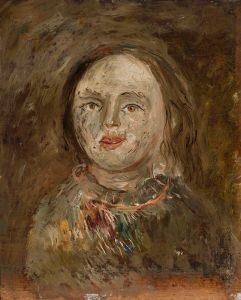
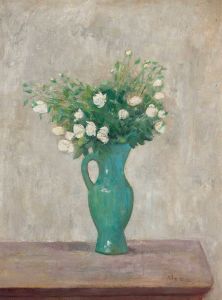
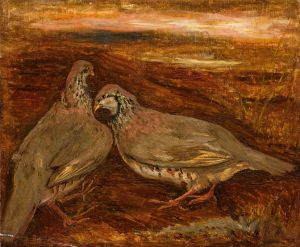
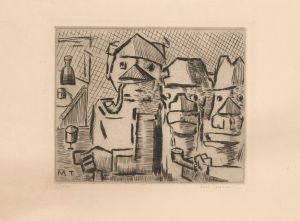
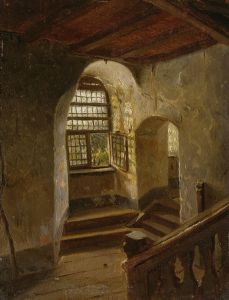
![West Front of the Church of Oyestraham [Ouistreham], near Caen, Normandy](/imgs/249142/s/john-sell-cotman-west-front-of-the-church-of-oyestraham-ouistreham-near-caen-normandy-817bec48.jpg)
